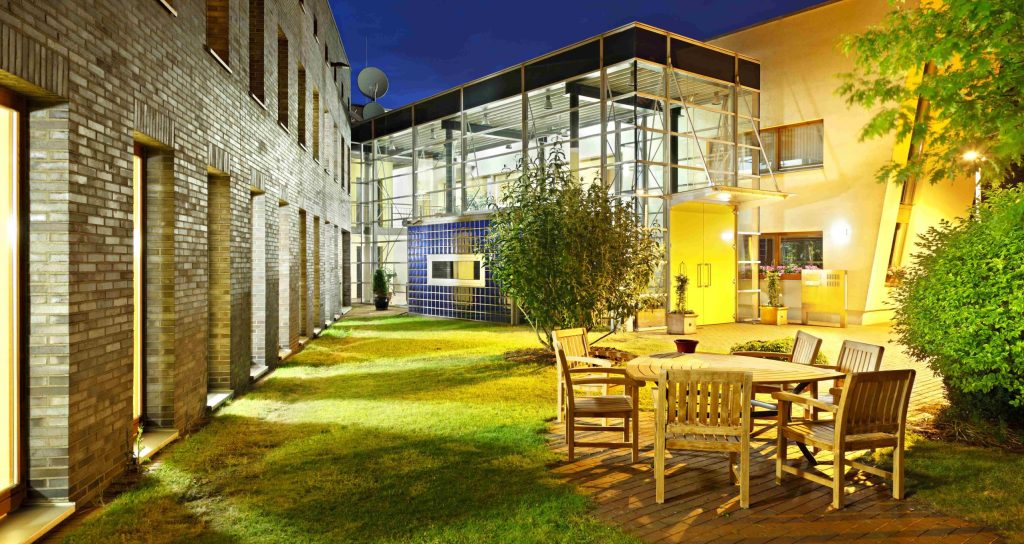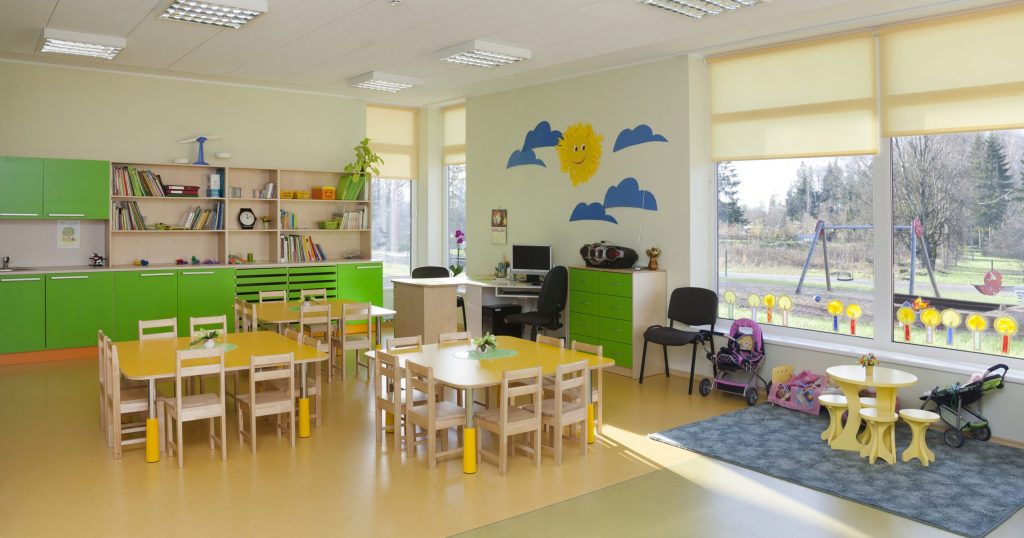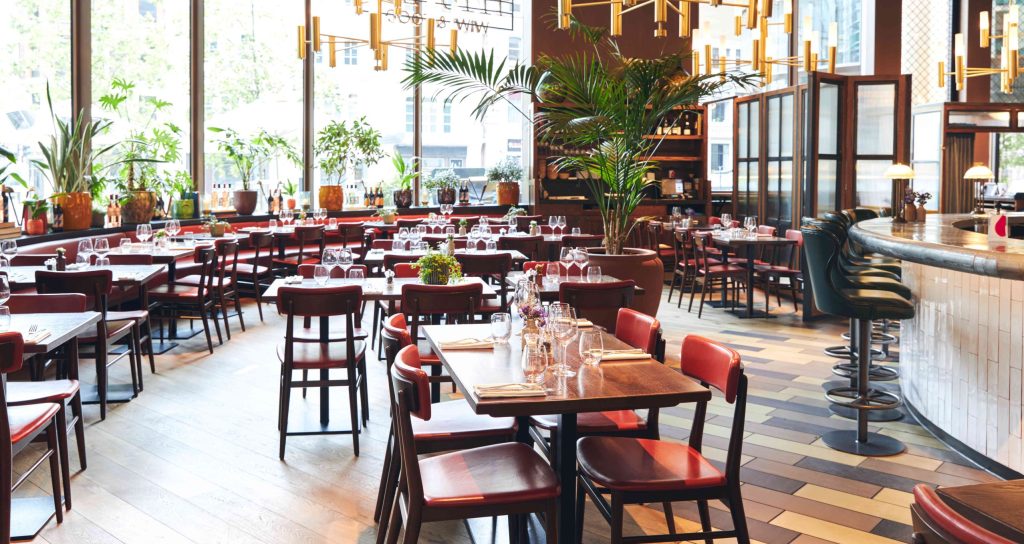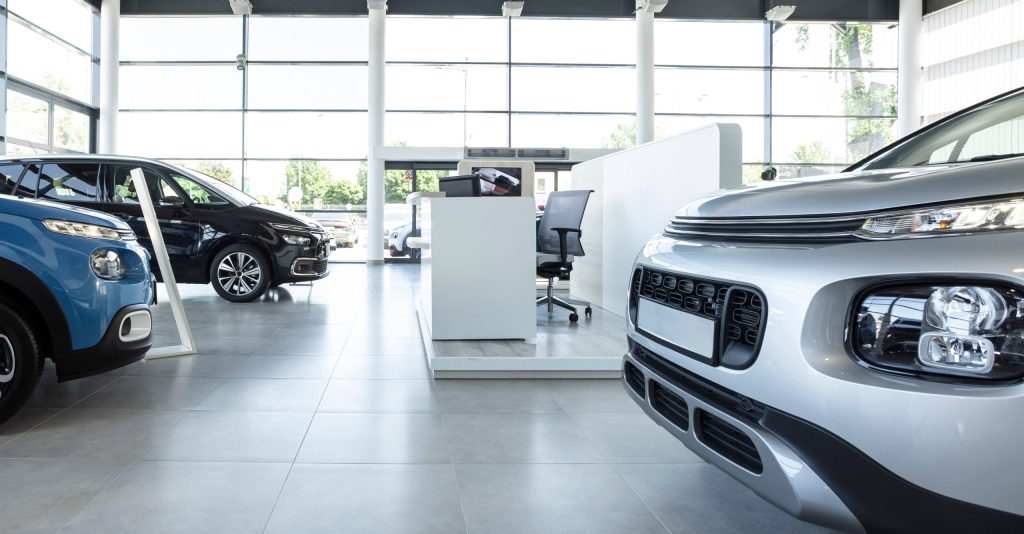When the Covid-19 pandemic hit, it not only forced people to maintain distance, but it also confined them in their homes. Travel was reduced drastically and the hospitality industry had to face the brunt of the damage. While the pandemic is near its end state and the restrictions have lifted as well, travel is yet to reach its pre-Covid peak. In this connected world where the attention spans of people have reduced drastically, it is becoming a challenge for the hospitality industry to capture the attention of potential guests.
One way hotels can differentiate themselves from the competition is by showcasing their unique features and creating an immersive experience that captures the imagination of their target audience. This can be done by using 360-degree virtual tours. These virtual tours offer an interactive and visually stunning experience that allows potential guests to explore a hotel’s facilities and ambiance from the comfort of their own homes. In this article, we will delve into the world of 360-degree virtual tours and discuss how they can effectively showcase your hotel’s unique features.
What are Virtual Tours?
Virtual tours are interactive experiences that enable users to explore a location or property remotely as if they were physically present. By utilizing 360-degree augmentation technology, virtual tours provide a realistic and immersive experience to the user that goes beyond traditional photographs or videos. Users can navigate through different areas of the hotel, zoom in on details, and get a genuine sense of the space, making them feel like they’re inside the hotel. With so much detailed information about the hotel, its rooms, and other amenities, guests are able to make more informed decisions.
How Virtual Tours are Helping the Hospitality Industry
Virtual tours have revolutionized the way the hospitality industry engages with its audience. Before the pandemic, users would have to search for hotel images posted by other users to get a good sense of what’s available inside the hotel. Lack of images or bad quality images meant that hotels would get fewer reservations as compared to the competitors. But, with the help of virtual tours, hotels can now showcase their properties, unique features, and amenities, and give a glimpse of their hospitality. By offering an immersive and realistic experience, hotels increase their chances of getting a reservation.
Potential guests can virtually “walk through” the property, navigate through different areas of the hotel, zoom in on specific features, examine every detail, and even visualize themselves relaxing in that space. This engagement and transparency build trust and confidence in the hotel’s offerings, addressing any uncertainties potential guests may have and encouraging them to make reservations.
Virtual tours also cater to the needs of modern travelers, who value convenience and time efficiency. Instead of physically visiting multiple hotels, potential guests can narrow down their options by exploring virtual tours. International travelers can explore hotels and make reservations without the need for a physical visit as well, expanding the customer base. This saves valuable time and effort, enabling guests to make more informed decisions and increasing the likelihood of choosing a particular hotel for their stay. Still wondering why hotels should offer virtual tours? Let’s explore some of its major benefits.
Benefits of Virtual Tours for Hotels
Here are some of the primary advantages of virtual tours for hotels:
Engages the User
Virtual tours offer a level of engagement and immersion that is unmatched by any traditional marketing method. By allowing potential guests to virtually “walk through” the hotel’s spaces, explore the rooms, and experience the ambiance, virtual tours create a deeper connection with the property. The interactive nature of virtual tours, with features such as 360-degree views and the ability to zoom in on details, captivates the viewer’s attention and sparks their imagination. This heightened engagement often translates into a greater desire to book a stay at the hotel.
Showcases Unique Features
Every hotel has its own unique features and selling points that set it apart from the competition. Virtual tours provide an excellent platform to showcase these distinctive aspects. Whether it’s a stunning rooftop pool, a beautifully designed lobby, or a state-of-the-art fitness center, virtual tours allow potential guests to experience these features firsthand. By highlighting what makes the hotel special, virtual tours create a lasting impression and differentiate the property in the minds of potential guests.
Increases Transparency and Trust
Transparency plays a vital role in the decision-making process for potential guests. When booking a hotel, guests want to have a clear understanding of what they can expect during their stay. Virtual tours provide an accurate representation of the hotel’s amenities, room layouts, and overall ambiance, offering transparency that builds trust with prospective guests. By virtually exploring the property, guests can gain confidence in their choice and feel assured that the hotel meets their expectations. This increased transparency leads to higher conversion rates, as guests are more likely to book a stay at a hotel they trust.
Saves Time and Cost
Traditionally, showcasing a hotel’s features and facilities required physical visits, organizing open-house events, or creating elaborate promotional materials. These approaches can be time-consuming and expensive. Virtual tours eliminate the need for such efforts, providing a cost-effective alternative. Once the virtual tour is created, it can be easily shared on the hotel’s website, social media platforms, and booking channels. This enables hotels to reach a wider audience without the constraints of time and location, ultimately reducing costs and increasing efficiency in the marketing process.
Boosts Reservation and Revenue
Virtual tours have the potential to significantly impact a hotel’s bookings and revenue. When potential guests have the opportunity to explore a hotel virtually and get a true sense of its atmosphere and amenities, they are more likely to be convinced to make a reservation. The immersive nature of virtual tours allows guests to visualize themselves in the space, fostering a stronger emotional connection. This increased engagement often leads to higher conversion rates and ultimately boosts a hotel’s bookings and revenue.
Accessible for All
One of the biggest advantages of 360-degree virtual tours is that they cater to guests with diverse accessibility needs. By offering a digital walkthrough of the property, hotels can accommodate individuals with mobility challenges, visual impairments, or other disabilities. Virtual tours allow these guests to navigate through the hotel’s facilities, view room layouts, and evaluate accessibility features. By embracing virtual tours, hotels demonstrate their commitment to accessibility, ensuring that all guests feel welcome and valued.
Also Read: How 360 Virtual Tours Are Different From 3D Virtual Tours
Conclusion
360-degree virtual tours are a powerful tool for hotels to showcase their unique features and create an immersive experience for potential guests. By leveraging this innovative technology, hotels can engage their target audience, showcase their distinct offerings, and build trust and transparency with prospective guests. The benefits of virtual tours extend beyond convenience and cost efficiency; they provide an opportunity to captivate and entice potential guests by allowing them to virtually explore and experience a hotel’s ambiance. As the hospitality industry continues to evolve, integrating 360-degree virtual tours into hotel marketing strategies has become essential for staying ahead of the competition and attracting the attention of modern travelers. Mass Interact provides extensive 360-degree virtual tour services that can help you transform the experience for your guests.






















